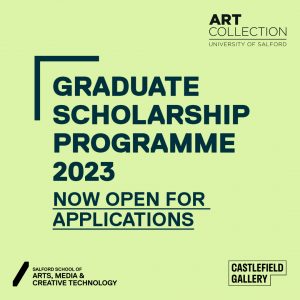
2023 Graduate Scholarship Programme: Now Open for Applications
Our annual Graduate Scholarship Programme, run alongside Castlefield Gallery, is now open for applications for 2023.

Our annual Graduate Scholarship Programme, run alongside Castlefield Gallery, is now open for applications for 2023.
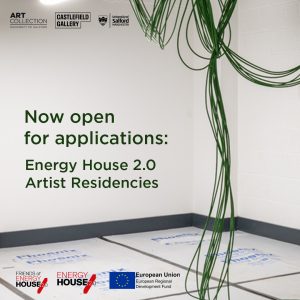
University of Salford Art Collection is now inviting applications for the second residency in collaboration with Castlefield Gallery, Manchester.
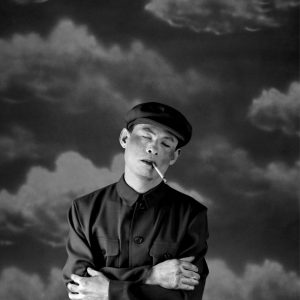
Gwen Riley Jones refelcts on a blog first written in May 2022 discussing early work with Salford Youth Council and the origins of 'feeling triangle'.
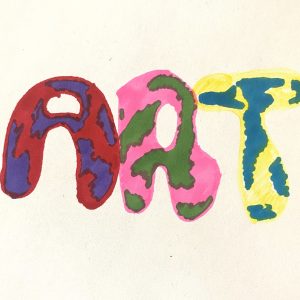
A Throwbhack Thursday blog ahead of the launch of new exhibition 'Some Days I Feel Triangle'. Gwen gets to know members of Salford Youth Council. Their conversation begins by discussing 'What is NOT art?'
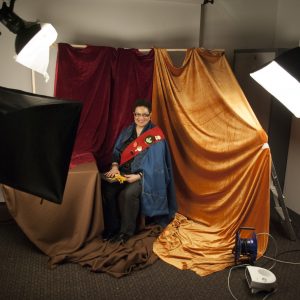
The University of Salford Art Collection are seeking BA or MA students from the School of Art, Media and Creative Technology, to produce 2 new portraits – one of outgoing Vice-Chancellor Helen Marshall and one of new Chancellor Lucy Meacock.
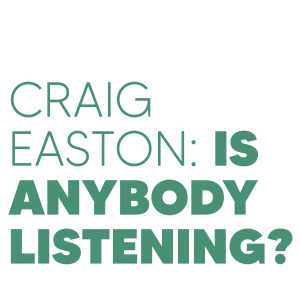
Opportunity: Is Anybody Listening? Our Time, Our Place - Evaluator (Freelance). February 2023 - May 2024. Deadline: Friday 3rd February 2023

North West touring exhibition Craig Easton: Is Anybody Listening? launching 12th Jan at Open Eye Gallery, and Our Time, Our Place engagement programme for young people.
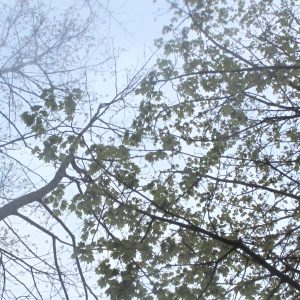
From 1st February 2022, Artist in residence Gwen Riley Jones and members of Salford Youth Council take over the campus gallery - for a new show that celebrates wellbeing and creativity.
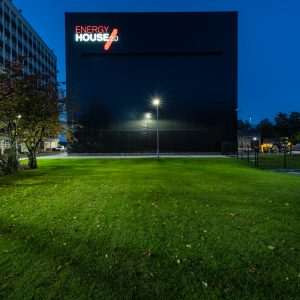
A unique opportunity to spend 18 months working on a residency project inspired by environmental issues, climage change, net zero, and housing. First deadline: 28th Nov
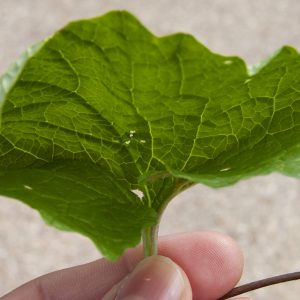
Socially Engaged Photographer Gwen Riley Jones discusses the LOOK Photo Biennial 2022: Climate x University of Salford